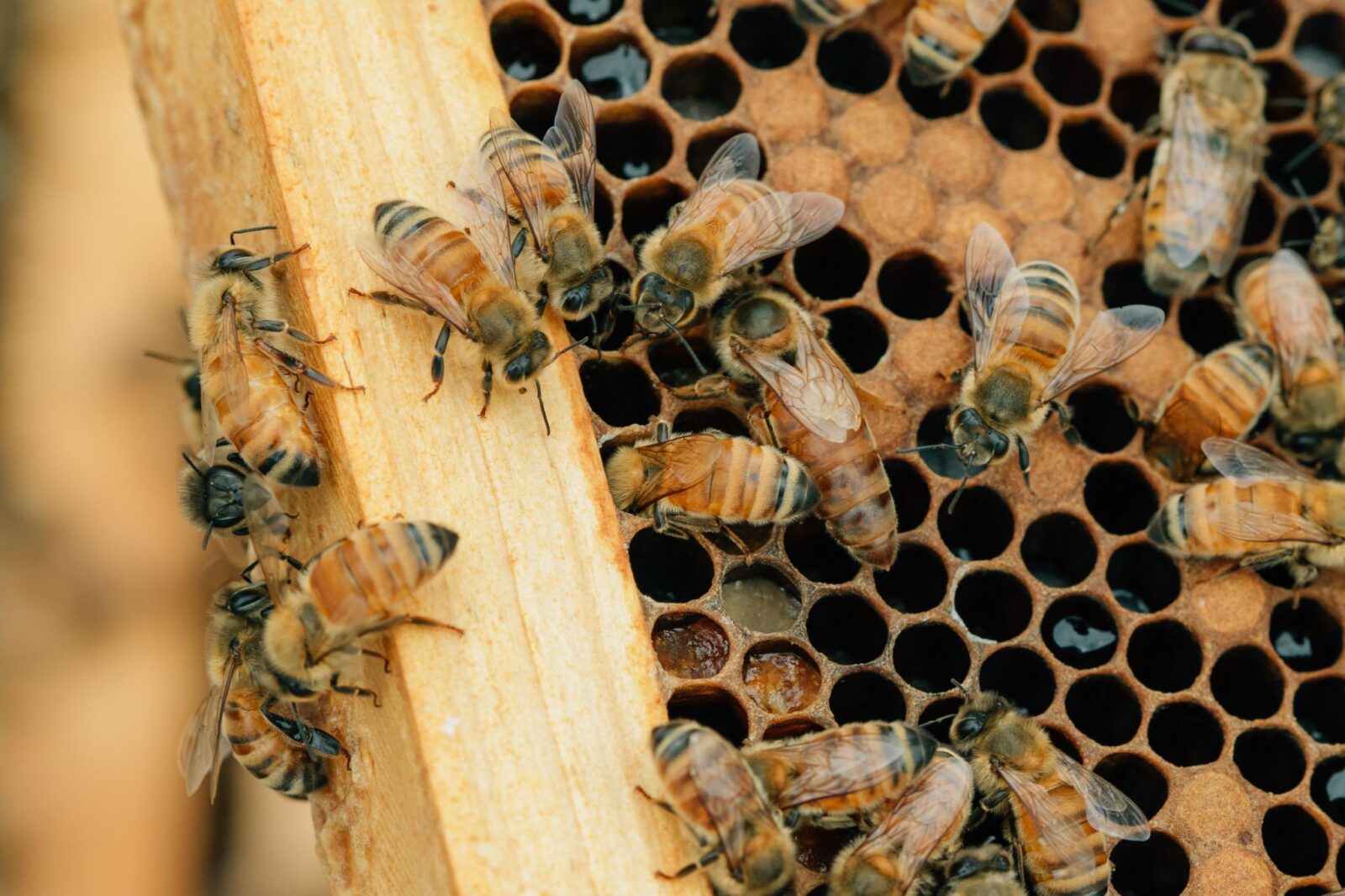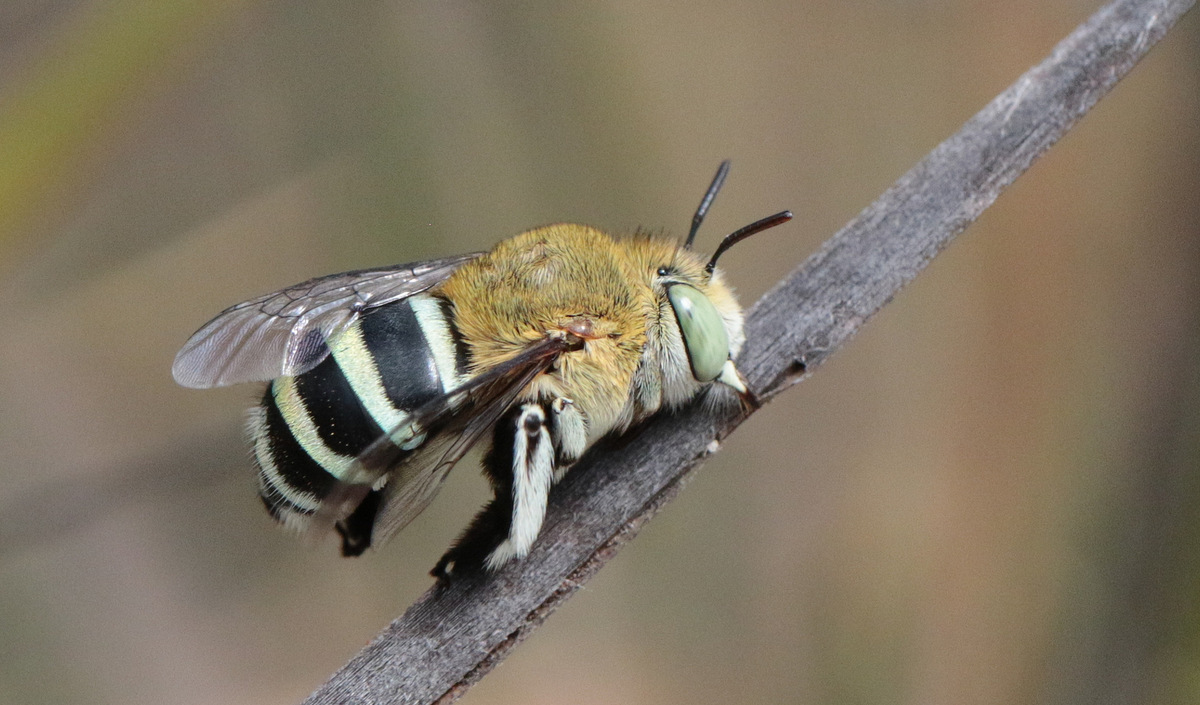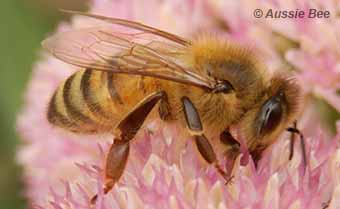The Buzz About Aussie Bees: Essential Pollinators for Australian Agriculture
The Buzz About Aussie Bees: Essential Pollinators for Australian Agriculture

Australia, a land of diverse landscapes and unique wildlife, is also home to a vibrant population of native bees. These tiny creatures play a crucial role in the country’s agricultural sector, acting as silent heroes in the pollination process. But what are these bees like? How do they contribute to the success of Australian agriculture? And what challenges do they face? This article delves into the fascinating world of Australian bees and their vital role in ensuring a thriving agricultural industry.
A Diverse Buzz: Exploring the Variety of Australian Bees
Related Articles: The Buzz About Aussie Bees: Essential Pollinators for Australian Agriculture
- Unveiling The Green Gems: Non-Invasive Root Trees For Australian Gardens
- The Enduring Spirit Of The Kangaroo: Exploring Aboriginal Art And Its Powerful Symbolism
- Unraveling The Mystery: A Spiritual Map And The Curious History Of Austreria
- A Journey Through Flavour: Exploring The Rich Tapestry Of Australian Aboriginal Cuisine
- Aboriginal Facial FeaturesTitle
Unlike the ubiquitous honeybee (Apis mellifera), introduced to Australia in the 19th century, native bees are a diverse group, encompassing over 2,000 species. These bees come in a kaleidoscope of colors, sizes, and behaviors, showcasing the remarkable evolutionary adaptations that have allowed them to thrive in the unique Australian environment.
Key Bee Families for Agriculture:
- Apidae: This family includes the well-known honeybee, but also native stingless bees (Trigona spp.) and carpenter bees (Xylocopa spp.). Stingless bees are known for their gentle nature and their ability to produce small quantities of honey. Carpenter bees, on the other hand, are larger and more robust, often nesting in wood.
- Halictidae: This family encompasses a wide range of small, often metallic bees, including the "sweat bees" that are attracted to human perspiration.
- Megachilidae: This family includes the leafcutter bees, known for their unique nesting behavior, using leaf pieces to construct their nests.
- Colletidae: This family features the "plasterer bees," which use a mixture of mud and saliva to create their nests.

The Vital Role of Bees in Agriculture
Bees are the unsung heroes of agriculture, playing a pivotal role in the pollination of crops. Their diligent work ensures the production of fruits, vegetables, nuts, and seeds that form the foundation of our food supply.
Benefits of Native Bees:
- Efficient Pollination: Native bees are often more efficient pollinators than honeybees, particularly for certain crops like native plants and fruit trees. Their specialized foraging behavior and ability to access flowers with intricate structures make them ideal pollinators for a variety of plants.
- Resilience: Native bees are generally more resilient to diseases and pests than honeybees, making them a valuable asset in the face of changing environmental conditions.
- Biodiversity Enhancement: By supporting a diverse population of native bees, we contribute to the overall biodiversity of the ecosystem, promoting a healthy and balanced environment.

Key Crops Relying on Australian Bees:
- Almond: Australia is a leading almond producer, and native bees play a crucial role in pollinating these valuable trees.
- Macadamia: The macadamia nut industry relies heavily on native bees, particularly the stingless bees, for pollination.
- Blueberries: Native bees are essential for the pollination of blueberries, contributing to the success of this growing industry.
- Avocados: Australian native bees are efficient pollinators of avocados, ensuring the production of this popular fruit.
- Native Plants: Native bees are vital for the pollination of a wide range of native plants, contributing to the preservation of Australia’s unique flora.

Challenges Facing Australian Bees
Despite their vital role, Australian bees face numerous challenges that threaten their survival and, consequently, the health of the agricultural sector.
1. Habitat Loss and Fragmentation: As human development encroaches on natural landscapes, native bees lose their nesting sites and foraging grounds. This habitat loss leads to a decline in bee populations, impacting pollination services.
2. Pesticide Use: The widespread use of pesticides in agriculture poses a significant threat to bees. Pesticides can directly kill bees or weaken their immune systems, making them more susceptible to diseases.
3. Climate Change: Rising temperatures, extreme weather events, and altered rainfall patterns associated with climate change disrupt bee populations and their ability to thrive.
4. Introduced Species: The introduction of non-native species, such as the Asian honeybee, can compete with native bees for resources and potentially introduce diseases.
5. Disease and Pests: Native bees are susceptible to diseases and pests, which can decimate their populations.
Protecting and Promoting Australian Bees: A Collective Effort
Protecting Australia’s native bees is essential for the future of the country’s agricultural sector. Here are some key strategies to promote their survival and ensure their continued contribution to a thriving agricultural industry:
1. Habitat Restoration and Protection:
- Planting Native Plants: Encourage the planting of native plants that provide food and nesting sites for native bees.
- Creating Bee Sanctuaries: Establish protected areas where native bees can thrive undisturbed.
- Minimizing Habitat Fragmentation: Implement policies and practices that minimize habitat fragmentation, allowing bees to move freely and access resources.
2. Sustainable Agricultural Practices:
- Reducing Pesticide Use: Adopt integrated pest management (IPM) techniques that minimize pesticide use, protecting bees and promoting a healthy ecosystem.
- Promoting Organic Farming: Encourage organic farming practices, which avoid the use of synthetic pesticides and fertilizers.
- Providing Bee-Friendly Habitats: Create bee-friendly habitats within agricultural landscapes, such as planting hedgerows and leaving areas of undisturbed vegetation.
3. Research and Monitoring:
- Understanding Bee Ecology: Invest in research to better understand the ecology of native bees, their habitat requirements, and the factors affecting their populations.
- Monitoring Bee Populations: Establish monitoring programs to track bee populations and identify areas of decline, allowing for timely intervention.
4. Public Awareness and Education:
- Promoting Bee Conservation: Raise awareness about the importance of native bees and the threats they face.
- Educating the Public: Educate the public about bee-friendly practices and how they can contribute to bee conservation.
5. Collaboration and Partnerships:
- Government Support: Encourage government support for bee conservation initiatives, including funding for research, habitat restoration, and sustainable agricultural practices.
- Industry Collaboration: Foster collaboration between farmers, beekeepers, researchers, and conservation organizations to develop and implement bee-friendly practices.
FAQs about Australian Bees for Agriculture:
1. What are the benefits of using native bees for pollination?
Native bees are often more efficient pollinators than honeybees, particularly for certain crops. They are also more resilient to diseases and pests, making them a valuable asset in the face of changing environmental conditions.
2. How can I attract native bees to my garden or farm?
Plant a variety of native plants that provide food and nesting sites for native bees. Avoid using pesticides, and create bee-friendly habitats by leaving areas of undisturbed vegetation.
3. What are some signs that native bee populations are declining?
A decline in native bee populations can be indicated by a decrease in the number of bees observed in the area, a reduction in the amount of pollination occurring, and an increase in the number of pests and diseases affecting crops.
4. What can I do to help protect native bees?
You can help protect native bees by planting native plants, avoiding pesticides, creating bee-friendly habitats, and supporting organizations dedicated to bee conservation.
5. Are there any resources available for learning more about native bees?
Yes, there are many resources available online and through government agencies and conservation organizations. You can find information on bee identification, habitat requirements, and conservation strategies.
By embracing a collective effort to protect and promote Australia’s native bees, we can ensure the continued success of the agricultural sector and the preservation of this vital component of our natural heritage. The buzzing of these tiny creatures is a symphony of life, a testament to the interconnectedness of nature and a reminder of the vital role they play in ensuring a sustainable future for all.

Closure
Thus, we hope this article has provided valuable insights into The Buzz About Aussie Bees: Essential Pollinators for Australian Agriculture. We hope you find this article informative and beneficial. See you in our next article!


